
BMW X5 4x4 (2013-2018) running costs and reliability
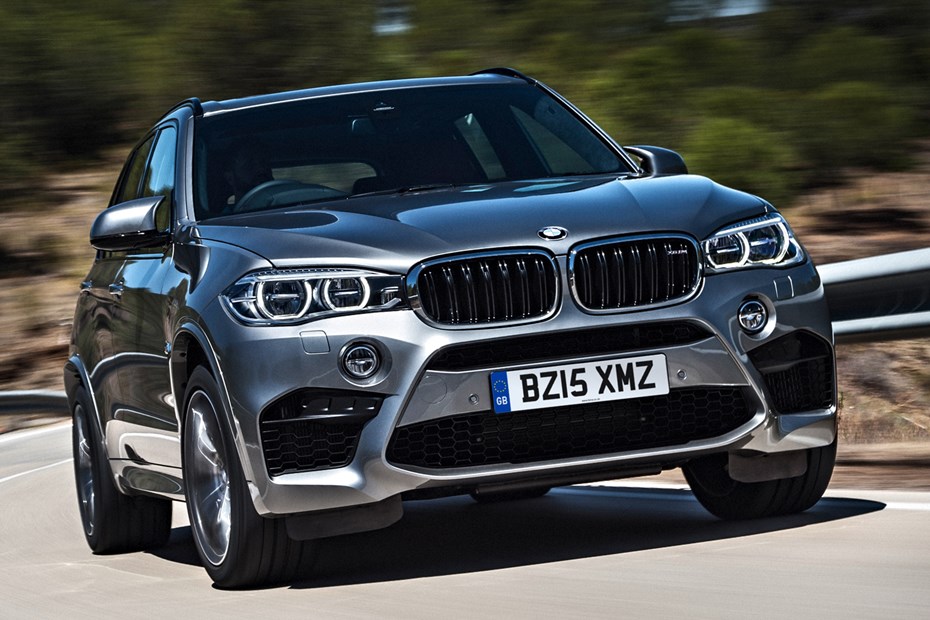
Miles per pound (mpp)
Fuel economy
- Plug-in hybrid xDrive40e cheaper for cities
- Entry-level diesel most efficient elsewhere
- X5 M running costs are unsurprisingly high
A used BMW X5 is not going to be cheap to run, but it can be competitive agains rivals. If fuel economy is a concern, the rear-wheel drive sDrive25d should return 40mpg in real-world conditions, with the xDrive25d not too far behind. For regular motorway driving and towing, the xDrive30d is the better bet.
Petrol models are a different matter, and you’re unlikely to see much more than 25mpg from any petrol X5 even on long, slow-motorway average speed drives. However, the X5 is generally better on fuel than the Range Rover Sport. It’s not as efficient as the Porsche Cayenne – but you’ll save a bit in maintenance costs compared with Stuttgart’s SUV.
People rarely buy large used 4x4s such as the BMW X5 expecting low running costs in town. In the right circumstances, however, the plug-in hybrid xDrive40e could offer a low cost per mile. That’s based on the assumption that you’re using over two-tonne SUV for short city/town drives, and you have the ability to plug in and charge between every trip, on cheap domestic electricity or free work charging.
Drive it for long trips, or forget to charge it, and it’ll cost you more to run than the xDrive30d while offering less flexibility.
Used BMW X5 (F15) reliability
- Dismal recall record according to DVSA
- Mechanical components used across BMW’s model range
- Interior feels luxurious – robust enough for children?
A quick look at the DVSA website shows a surprisingly high number of vehicle recalls for the BMW X5, raising doubts about its reliability.
There are 18 recalls listed, although many of them are for the same thing on a number of different chassis numbers. Most centre around faulty child locks and seatbelt issues, but all should have been remedied by now. Contact a BMW dealer to check if you’re unsure when looking at a used X5.
The engines are shared throughout the rest of the BMW range. This means maintenance should not be a problem, with many specialists available to avoid main-dealer costs when the warranty expires, but it also highlights the weaknesses of certain models. Spend some money addressing common faults before they cause a breakdown – after all, you just bought what was a £50-60,000 SUV for £15,000.
The interior is well made and seems hardy enough – though the more expensive leather lined options may not be as resistant to children as the plastics found in cheaper rivals. BMW trim and electronic components are often very expensive to replace, so make sure nothing is broken or missing when checking a used X5’s interior.
Ongoing running costs
| Road tax | £20 - £760 |
|---|---|
| Insurance group | 37 - 50 |
Get an insurance quote with

|
|



.jpg)
.jpg)
.jpg)
.jpg)
.jpg)
.jpg)
.jpg)
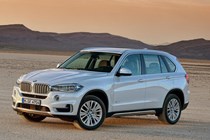
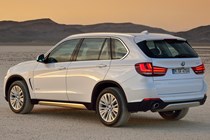
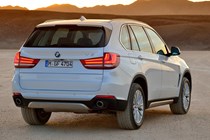
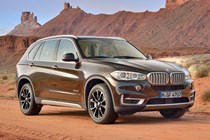
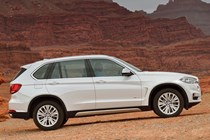
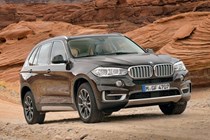
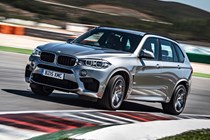
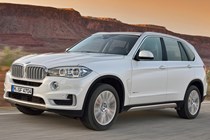
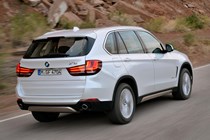
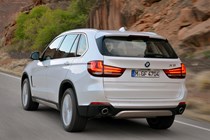
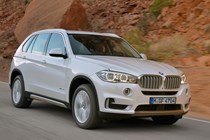
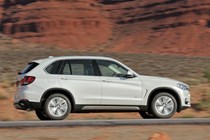
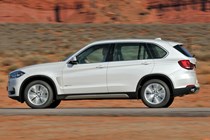
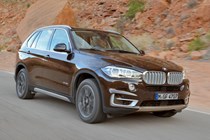
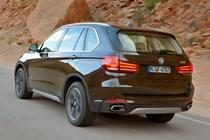
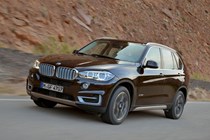
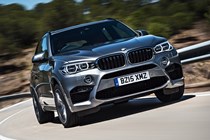
.jpg)
.jpg)
.jpg)
.jpg)
.jpg)
.jpg)
.jpg)
.jpg)
.jpg)
.jpg)
.jpg)
.jpg)
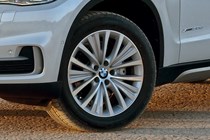
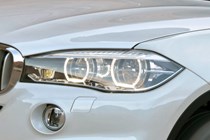
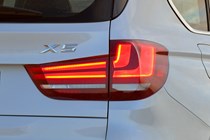
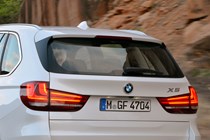
.jpg)
.jpg)
.jpg)
.jpg)
.jpg)
.jpg)
.jpg)
.jpg)
.jpg)
.jpg)
.jpg)
.jpg)
.jpg)
.jpg)
.jpg)
.jpg)
.jpg)
.jpg)
.jpg)
.jpg)
.jpg)
.jpg)
.jpg)
.jpg)
.jpg)
.jpg)
.jpg)











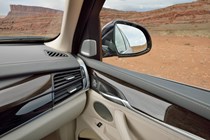
.jpg)
.jpg)
.jpg)
.jpg)
.jpg)
.jpg)
.jpg)
.jpg)
.jpg)
.jpg)
.jpg)

.jpg?quality=50)
.jpg?quality=50)
.jpg?quality=50)
.jpg?quality=50)
.jpg?quality=50)
.jpg?quality=50)
.jpg?quality=50)

















.jpg?quality=50)
.jpg?quality=50)
.jpg?quality=50)
.jpg?quality=50)
.jpg?quality=50)
.jpg?quality=50)
.jpg?quality=50)
.jpg?quality=50)
.jpg?quality=50)
.jpg?quality=50)
.jpg?quality=50)
.jpg?quality=50)




.jpg?quality=50)
.jpg?quality=50)
.jpg?quality=50)
.jpg?quality=50)
.jpg?quality=50)
.jpg?quality=50)
.jpg?quality=50)
.jpg?quality=50)
.jpg?quality=50)
.jpg?quality=50)
.jpg?quality=50)
.jpg?quality=50)
.jpg?quality=50)
.jpg?quality=50)
.jpg?quality=50)
.jpg?quality=50)
.jpg?quality=50)
.jpg?quality=50)
.jpg?quality=50)
.jpg?quality=50)
.jpg?quality=50)
.jpg?quality=50)
.jpg?quality=50)
.jpg?quality=50)
.jpg?quality=50)
.jpg?quality=50)
.jpg?quality=50)












.jpg?quality=50)
.jpg?quality=50)
.jpg?quality=50)
.jpg?quality=50)
.jpg?quality=50)
.jpg?quality=50)
.jpg?quality=50)
.jpg?quality=50)
.jpg?quality=50)
.jpg?quality=50)
.jpg?quality=50)